The members of Phylum Ctenophora (Greek – comb bearers) are called ctenophores. This group includes organisms commonly known as sea walnuts or comb jellies. The name of the phylum refers to the presence of eight rows of ciliated combs in the external body surface. Most of the Ctenophores have the property of bioluminescence (ability to emit light).
Habitat: They are marine organisms.
Examples:
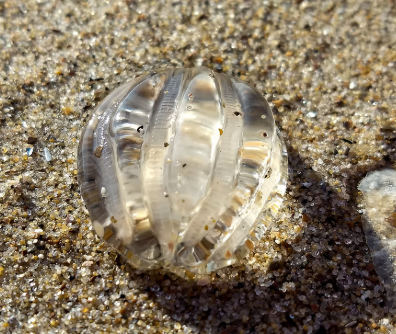
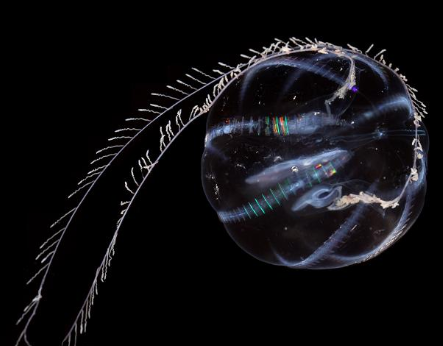
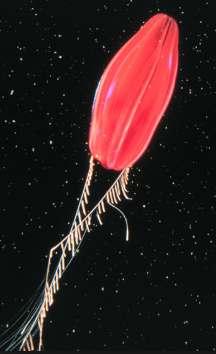
Pleurobrachia Ctenoplana
Body plan: Ctenophores have tissue level of organization.
Symmetry: Most of the members are radially symmetrical.
Germ layer: They are diploblastic organisms.
Body features: The animal bears eight external rows of ciliated comb plates arranged along the sides of the body. These combs help in locomotion. The constant and synchronous beating of the cilia helps ctenophores to move through the water.
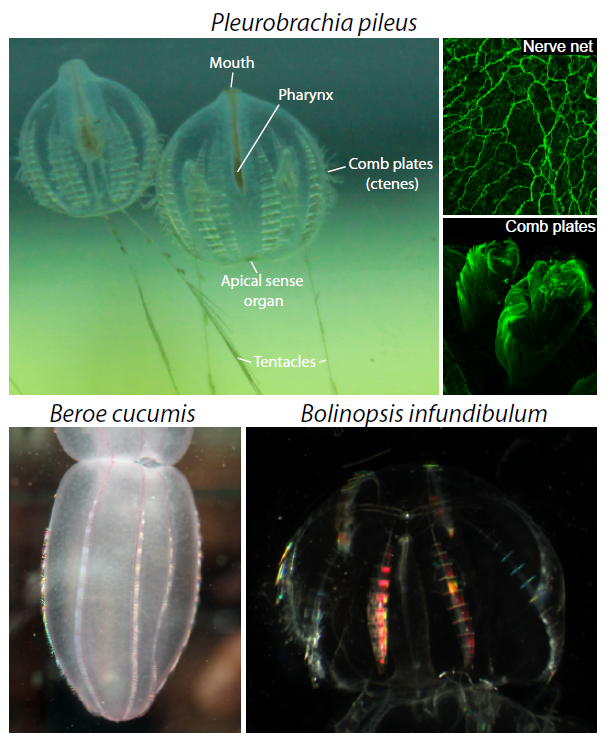
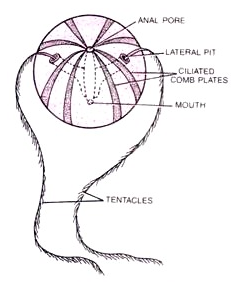
Physiology:
- Digestion can be intracellular or extracellular.
- When the prey is swallowed, it is liquefied inside the pharynx by the mascular contractions and enzymes released by the pharynx.
- This liquid material passes through the food canal by the beating of cilia and it is digested by the nutritive cells found in the food canal.
- Some of the waste materials are excreted through the anal pores, but most of the food waste is regurgitated through the mouth itself.
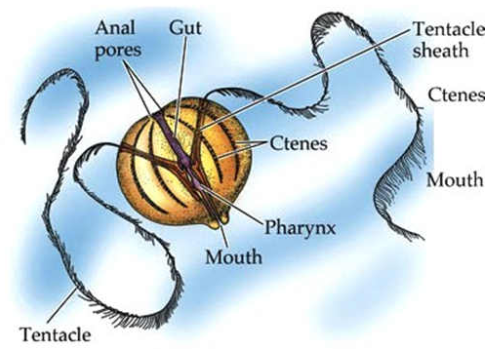
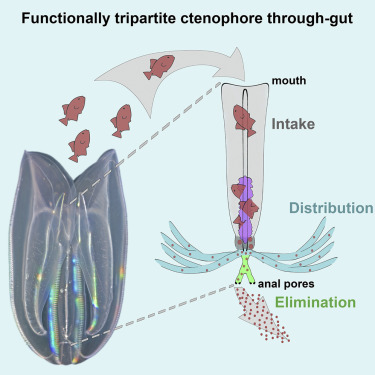
Reproduction: The ctenophores are hermaphrodites. Hence, reproduction takes place by sexual means.
Development: Fertilization is internal and development is indirect involving a cydippid larva.